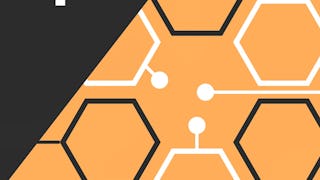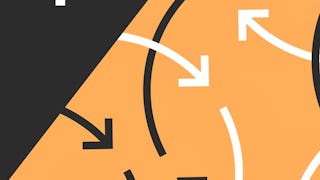Updated in May 2025.
This course now features Coursera Coach! A smarter way to learn with interactive, real-time conversations that help you test your knowledge, challenge assumptions, and deepen your understanding as you progress through the course. This course provides a solid foundation in Python for data science, focusing on NumPy, Matplotlib, Pandas, and a touch of machine learning. Learners will gain practical experience with essential data science tools, enhancing their ability to manipulate data, visualize it, and perform basic machine learning tasks. By the end of the course, students will be prepared to tackle more advanced data science topics with a strong understanding of how Python is used in real-world applications. In the first section, you will get an introduction to NumPy, focusing on its powerful array operations and speed advantages over traditional Python lists. You'll explore matrices, dot products, and linear systems to understand the foundation of numerical computing. Practical exercises will reinforce these concepts, making sure you are comfortable working with NumPy in data science. Next, you'll move to Matplotlib, where you'll learn how to visualize data effectively. Through hands-on practice with line charts, scatterplots, histograms, and image plotting, you'll become proficient in presenting data in various graphical formats. This section will equip you with the tools to visually analyze data and communicate insights clearly. In the final section, you'll dive into Pandas, one of the most widely used libraries for data manipulation. You'll master techniques like loading data, selecting rows and columns, and applying functions to dataframes. You'll also explore plotting capabilities within Pandas. As a bonus, you'll be introduced to SciPy and basic machine learning concepts to understand how these tools integrate into data science workflows. This course is ideal for anyone starting their data science journey or looking to strengthen their Python skills for data analysis. A basic understanding of Python is required, and the course is designed for beginners. If you are interested in learning how to use Python for data manipulation, visualization, and introductory machine learning, this course will set you up for success.

















